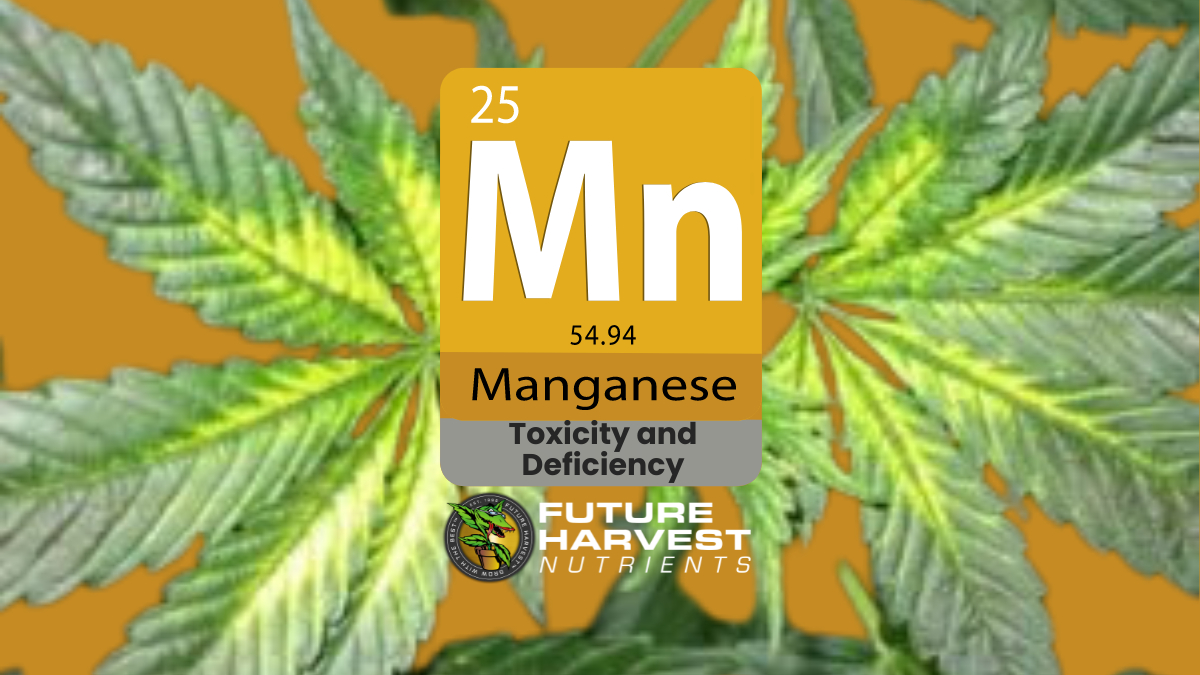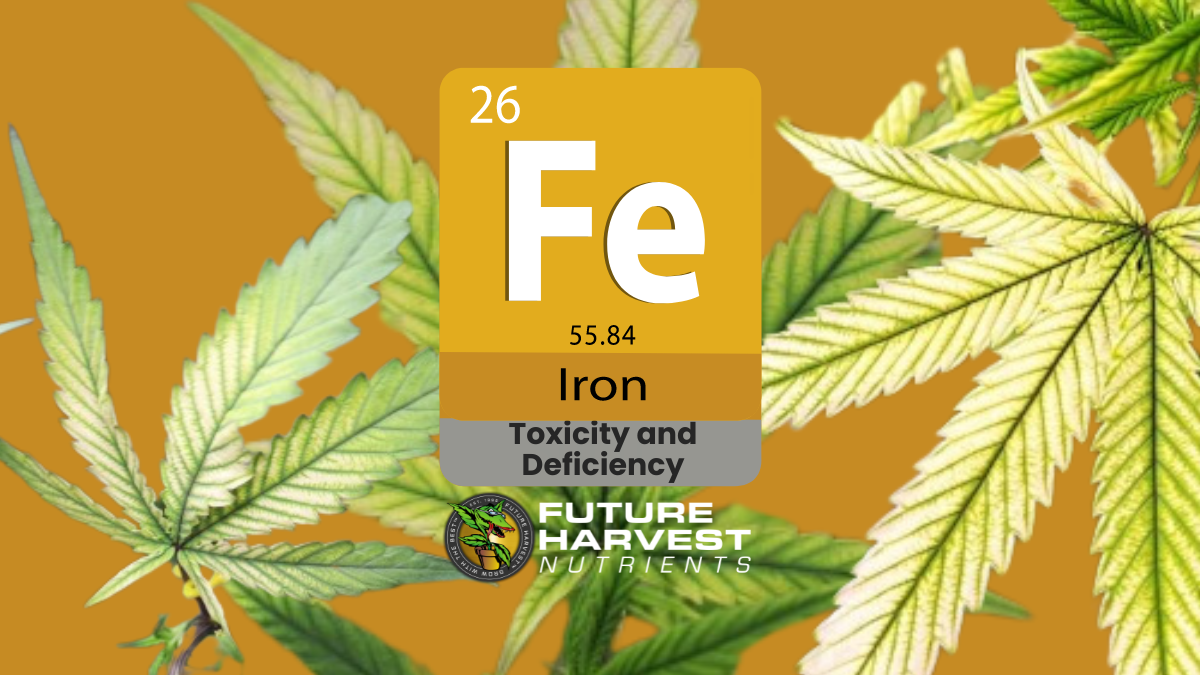A Growers Guide to Toxicology

"All things are poison, and nothing is without poison, the dosage alone makes it so a thing is not a poison." Paracelsus 1493 - 1541 "The Father of Toxicology"
The Fallacy of 'Chemical Free'
Let's start at the very basic level, everything that we encounter in our day to day lives is a chemical. There is a lot of advertising out there which states "chemical free". From the standpoint of the chemist this is absurd as all matter is made up of chemicals, and to be chemical free something would have to be made out of some exotic subatomic particle like neutrinos or else be a perfect vacuum. This is a marketing term not a scientific one.

The Dose Makes the Poison
Growers are routinely exposed to chemicals, most commonly fertilizer and cleaners and (hopefully) less often pesticides. To follow the logic of Paracelsus no chemical is 100% safe, and what really matters is the dosage. Each chemical is a little different and there might be cases of something we consider safe potentially doing more damage than something considered dangerous simply because the dosage and/or the exposure time was greater.
For example maybe the grower uses a pesticide once per year and takes all of the appropriate precautions, while at the same time using a cleaner on a daily basis with no precautions. Potentially the cleaner could be more harmful to the grower since even though it might be rated to be less toxic there's a longer exposure and there are less safety measures in place.
Measuring Toxicity
When handling something such as a fertilizer, it is advisable to consult the SDS (Safety Data Sheet) before working with it as it will advise someone on potential dangers and precautions that should be taken.
The part which we'll focus on here is Section 14 Toxicological Information. Under that heading there will be various numbers using the measurement LD50. This stands for Lethal Dose 50% and is the amount of a substance required to kill 50% of a test population of lab animals over a set amount to time. This is expressed in milligrams per kilogram and while it wouldn't exactly translate to humans we can get a pretty good idea of how toxic a substance could be using this system.

For example one of the most common fertilizers in the world is urea, which has a LD50 of 8,471 mg/kg. Let's suppose a person who weighed 75 kg ingested it, for a 50% chance of being lethal they would have to ingest 635325 mg or about 635 grams.
LD50 Levels For Common Fertilizers
Monopotassium Phosphate: 8000 mg/kg
Magnesium Sulfate: > 4000 mg/kg
Potassium Nitrate: 3015 mg/kg
Calcium Nitrate: 500 mg/kg
Copper Sulfate: 30 mg/kg
*Did you know?*
One of the most toxic substances know to man is Botulism toxin and is toxic at the extremely low concentration of 5 ng/kg (that's 5 nanograms or 0.000005 of a milligram). The bacteria which produces it, Clostridium botulinum grows in an oxygen free environment and is able to grow in canned foods. This is why it's not recommended to consume food from bulged cans.
Chronic Toxicity
Toxicity is generally focused on receiving a large dosage all at once (referred to as acute toxicity), and studying it is relatively strait forward. Chemicals can also be have detrimental effects when the subject receives low dosages over a long period of time. Unfortunately figuring out a model on how this works is much more complicated than the LD50 described previously.
A good example of this is heavy metals especially since they are widespread in nature, usually in the parts per million concentration. These can accumulate in body tissues over time and might not be fatal but can cause other complications such as diminished mental capacities in the cases of lead or mercury.
Trace Residue Concentrations
Many times trace measurements will be measured in parts per million (μg/ml or mg/l are alternative ways of expressing it) or parts per billion (μg/l). Parts per billion is an extremely small concentration, the equivalent of 1 mg of a solid dissolved in 1000 liters of water, which means that while something may have a residue in the ppb one would have to consume a very large quantity in order to reach toxic levels. There again these dosages might not be a concern if someone is only exposed once, but could be over a longer period of time. An example of this might be trace amounts of heavy metals in a water supply.
My advice to those handling fertilizers or other chemicals is to treat the product with respect, following the guidelines set out in the Safety Data Sheet and if necessary take the proper training on how to interpret what is being said on the SDS. At the same time it is not necessary to have irrational fears simply because something is a chemical. In short, regard chemicals with respect and common sense rather than fear and paranoia or with carelessness.
Leave A Reply
Your email address will not be published. Required fields are marked *


